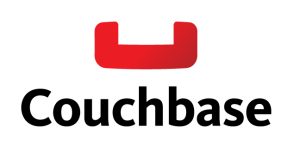
CLUSTER DESIGN CONSIDERATIONS
CLUSTER DESIGN CONSIDERATIONS RAM: Memory is a key factor for smooth cluster performance. Couchbase best fits applications that want most of their active dataset in memory. It is very important that all the data you actively use (the working set) lives in memory. CLUSTER DESIGN CONSIDERATIONS memory. When there is not enough memory left, some data is ejected from memory and will only exist on disk. Accessing data from disk is much slower than accessing data in memory. As a result, if ejected data is accessed frequently, cluster performance suffers. Use the formula provided in the next section to verify your configuration, optimize performance, and avoid this situation. • Number of Nodes: Once you know how much memory you need, you must decide whether to have a few large nodes or many small nodes.o Many small nodes: You are distributing I/O across several machines. However, you also have a higher chance

